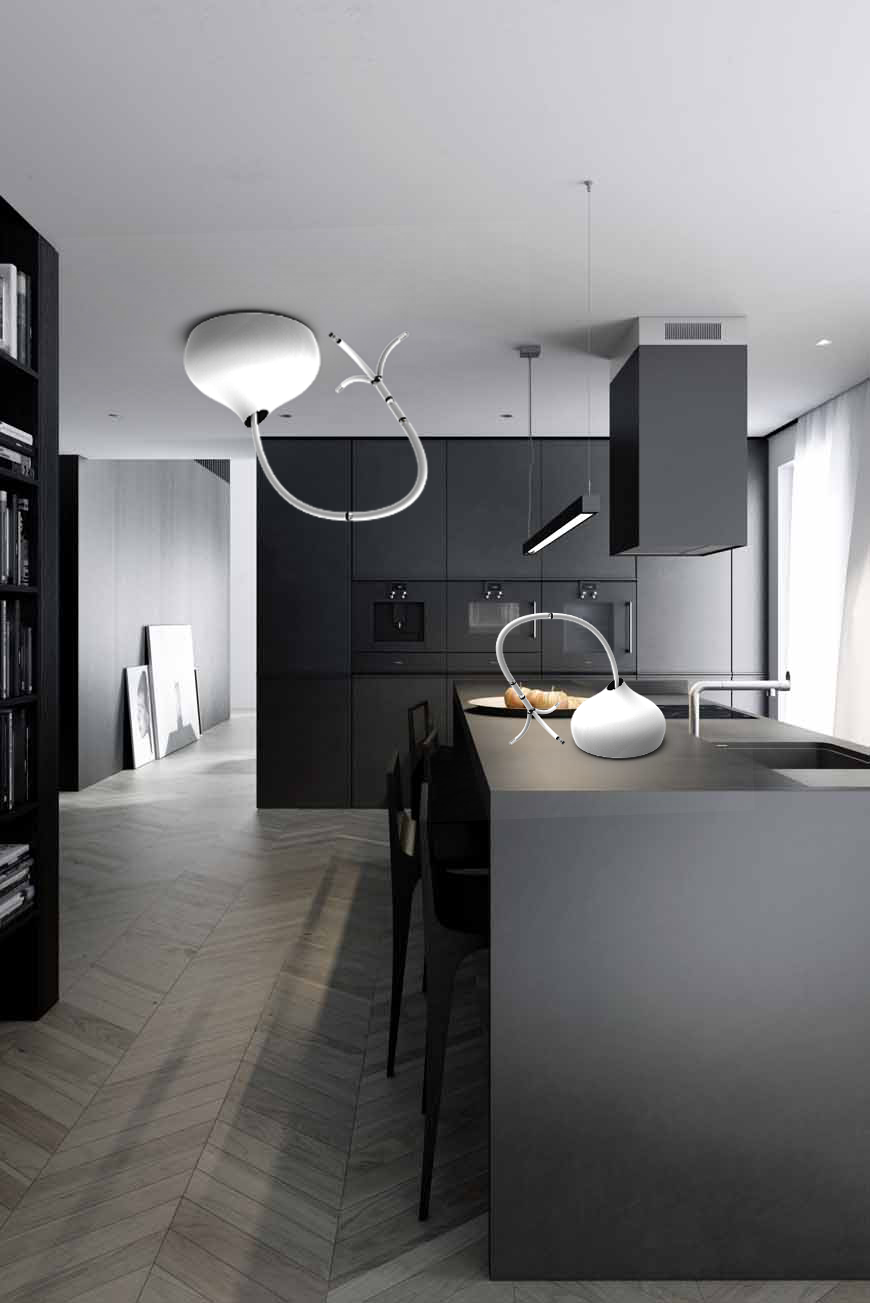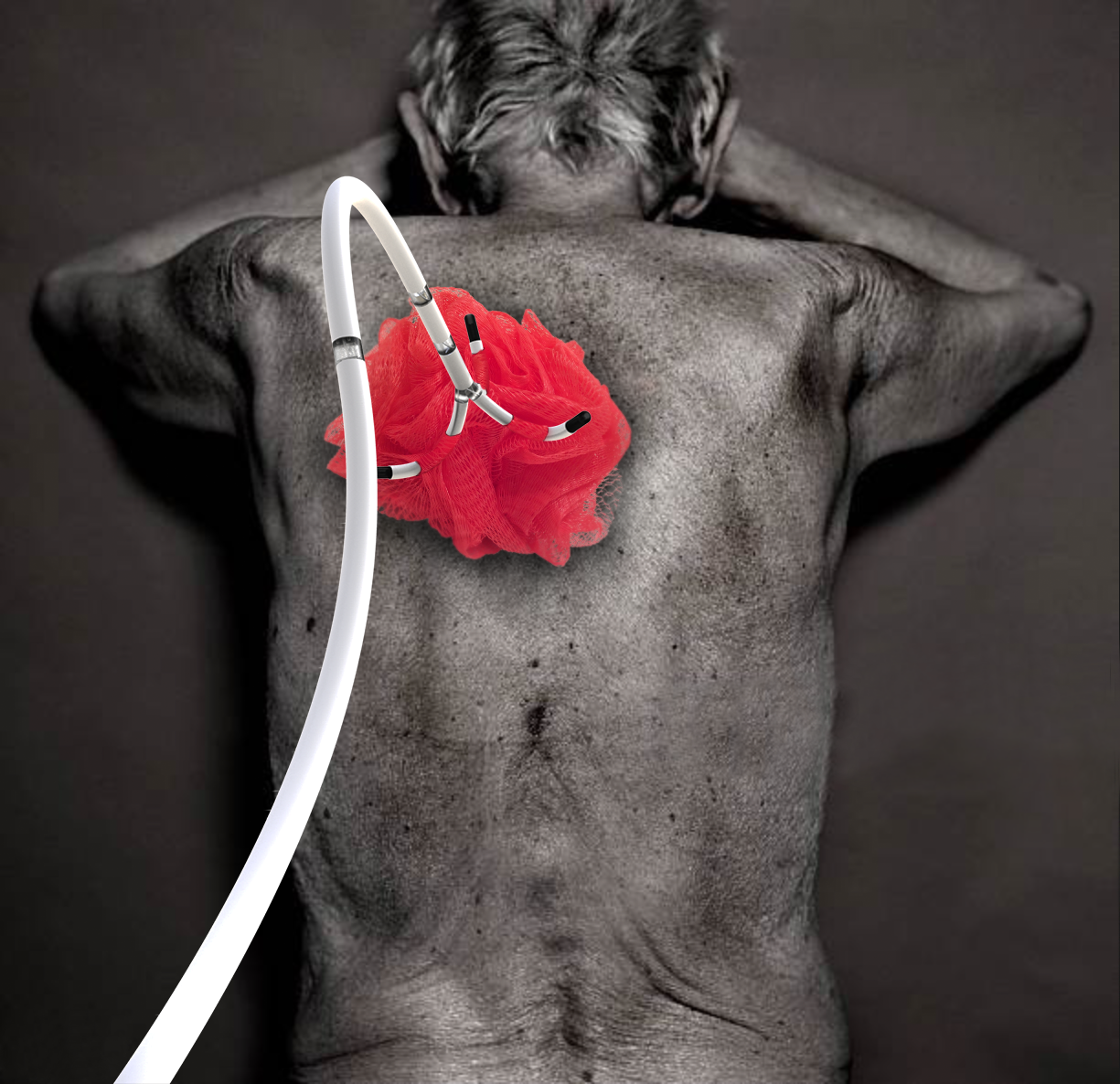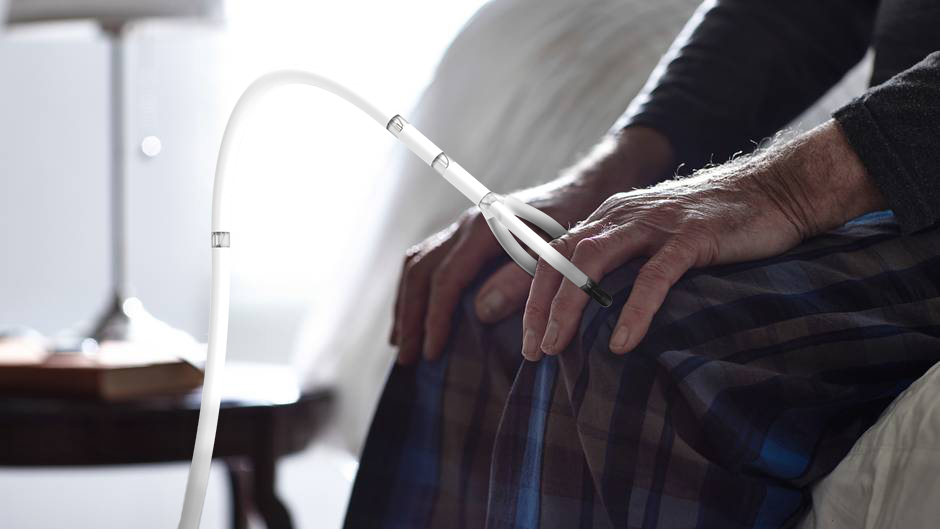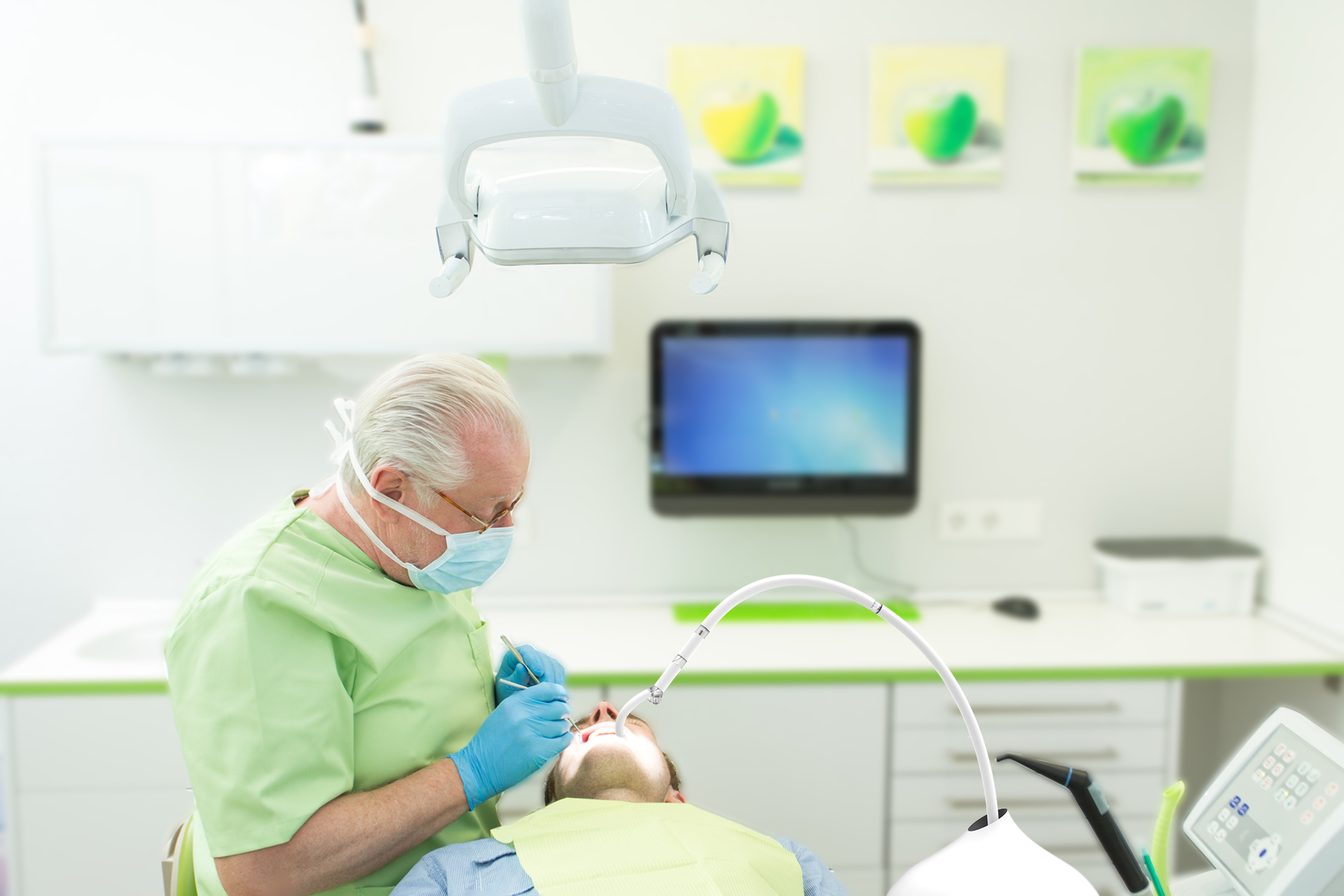Product development with programmable materials
Motivation
Today, technical functions are usually implemented by the assembly based combination of sub-components to perform as actuators or sensors in their interactions. This additive design paradigm is increasingly pushing the limits of the physically feasible. With conventional methods, additional functional compression is achievable only with tremendous effort and highly increasing product complexities.
One option to solve this problem is to transfer the functions and functionalities directly to the material level. Programmable materials enable a temporal change of the material properties via their inner structure. If an appropriate trigger initiates this change, the material performs the previously programmed function. Programmable materials thus enable a completely new class of technical products, wherein the functional complexity no longer defines the complexity of the system.
There is a very wide range of applications of programmable materials. Their use as adaptable systems takes effect especially when effectiveness, comfort, compact size requirements or individuality plays a critical role.
Nevertheless, this paradigm shift in the design process also requires a radical change in the development methods. The core points are mainly the immense design freedom and the substitution of entire systems by a programmable material. The material properties are not, as before, temporally predefined but can temporally vary or be programmed. In addition to the development of programmable materials itself, the system design, configuration and integration are the major challenges.
Research topic
To enable and facilitate the access to and handling of programmable materials and to minimize the usage threshold of programmable materials, the research topic of product development deals with two main points: method development and system integration.
The method development focuses on the development of intuitive tools for interdisciplinary communication during the design and product development process. Programmable materials require a new form of interdisciplinary collaboration. Domains have to break down familiar working patterns and leave their comfort zones. By developing methods and tools that enable easy communication and work with programmable materials, not only will the cooperation in the cluster be improved, but the access for partners and customers to programmable materials can also be simplified. To make such a development tool usable and accessible for as many disciplines as possible, it has to cover several sub-areas. A materials database forms the basis. It contains all the currently known programmable materials as well as the required information for developers.
To make the potential of programmable materials usable for “newcomers”, the database provides basic functionalities and sample applications. The production processes qualified for producing programmable materials with all of their potentials and limits should also be included from the beginning.
To create an appealing and comfortable access for a variety of users from various disciplines to the database with its complex datasets, this research topic develops a most intuitive user interface. In addition, the researchers are developing touchable functional samples for selected basic functionalities of the database to create an “empowerment tool” to facilitate the start for developers and designers. This tool should enable the companies to improve products by using programmable materials without time-consuming training for the special subject matter. Quick understanding of the programmable materials and their potentialities also ensures market acceptance.
Currently a suitable database structure is being developed, which contains information for the relevant disciplines. First programmable materials are described and an intuitive user interface is planned such that “virtual experiments” can be performed with the first programmable materials by the end of 2019.
In the field of system integration, this research topic represents a hub between basic focus aspects and real application cases. It takes up product development topics, which have a comprehensive and solution oriented character to provide its system competencies. The challenge here is to identify solutions with no technology preference for ideas and tasks within the cluster or to initiate the search for solutions.
The pilot project for this is the vision of Safe Soft Robotics, whose objective is a safe human-computer interaction. This example is consequently being developed from the application perspective. In this field programmable materials are predestined to be used, for example, as adaptive robot skin. Due to the complexity of the subject matter, it must be assumed that different programmable materials as well as actuator and sensor functions need to be used to implement a safe and sensitive robot interaction. The task of the research topic within the cluster is to identify suitable material solutions, to initiate their development and to find or develop supplementary technologies for actuator engineering, sensor technology and control, and to establish a functioning overall system by means of suitable system integration.
Status: 25.07.2019
Publications
Referred journals
Chalissery, Dilip; Schönfeld, Dennis; Walter, Mario; Shklyar, Inga; Andrä, Heiko; Schwörer, Christoph; Amann, Tobias; Weisheit, Linda; Pretsch, Thorsten; Highly shrinkable objects as obtained from 4D printing, Macromlecular Materials and Engineering 307/1 (2022) Art. 2100619, 12 pp. Link
Participating institutes of the cluster: IAP, ITWM, IWM, IWU
Wockenfuß, Wilhelm Richard; Brandt, Viktor; Weisheit, Linda; Drossel, Welf-Guntram; Design, modeling and validation of a tendon-driven soft continuum robot for planar motion based on variable stiffness structures, IEEE Robotics and Automation Letters /Early Access Article (2022) 6 pp.
Participating institutes of the cluster: IWU
Altenhofen, Christian; Ewald, Tobias; Stork, André; Fellner, Dieter W., Analyzing and Improving the Parameterization quality of Catmull–Clark solids for isogeometric analysis, IEEE Computer Graphics and Applications 41/3 (2021) 34-47
Participating institutes of the cluster: IGD
Weisheit, Linda; Wenz, Franziska; Lichti, Tobias; Eckert, Medardus; Baumann, Sascha; Hübner, Christof; Eberl, Christoph; Andrä, Heiko, Domänenübergreifende Workflows zur effizienten Entwicklung Programmierbarer Materialien, ZWF Zeitschrift für wirtschaftlichen Fabrikbetrieb 115/7–8 (2020) 470-475
Link
Participating institutes of the cluster: IWU, IWM, ITWM, ICT
Non-referred journals
Wilde, Enrico; IF/THEN – Projektarbeit mit Programmierbaren Materialien, Merlin - Das Magazin von smart3 Vol.5 (2022) 12-13
Participating institutes of the cluster: IWU
Wockenfuß, Wilhelm Richard; Weisheit, Linda; Rieß, Sebastian; Kaal, Wiliam; Strukturkomponenten mit schaltbarer Steifigkeit für die Soft-Robotik - Structural components with adjustable stiffness for soft robotics, Konstruktion 73/5 (2021) 61-66
Link
Participating institutes of the cluster: IWU, LBF
Chalissery, Dilip; Pretsch, Thorsten; Staub, Sarah; Kasack, Katharina; Andrä, Heiko; 3D-Druck von QR-Codes mit Formgedächtniseigenschaften, Der Druckspiegel 11-12 (2019) 34-37
Link
Participating institutes of the cluster: IAP, ITWM, IZI BB PE
Tagungsbände
Belser, Sebastian; Altenhofen, Christian, Stork, André; Fellner, Dieter W., GPU-parallel constant-time limit evaluation of Catmull-Clark solids, Vision, Modeling, and Visualization, Eurographics Proceedings 2021, 26th International Symposium on Vision, Modeling, and Visualization VMV 2021; Andres, B.; Campen, M.; Sedlmair, M. (Eds.); EG Eurographics European Association for Computer Graphics, Genf, Schweiz (2021) 35-46
Participating institutes of the cluster: IGD
Lectures
Leichner, Alexander
A computational framework for the development of programmable materials based on unit cells and multiscale optimization
IX. International Conference on Coupled Problems in Science and Engineering 2021
virtuell, Chia Luga, Sardinien, Italien, 14.06.2021-16.06.2021
Leichner, Alexander
Optimal Design and Distribution of Unit Cells for Programmable Materials
14th Virtual Congress WCCM & ECCOMAS 2020
virtuell, Paris, Frankreich 11.01.2021-15.01.2021
Wockenfuß, Wilhelm Richard
Entwicklung einer funktionalisierten Strukturkomponente mit adaptiver Steifigkeit für die Soft-Robotik
22. Dresdner Werkzeugmaschinen-Fachseminar 2021
Dresden, Deutschland; 05.07.2021-06.07.2021
Link
Lichti, Tobias
Fraunhofer Forschungscluster programmierbare Materialien: Produktentwicklung (PE) & Mechanik (PM)
NORTEC 2020 - Fachmesse für Produktion
Hamburg, Deutschland; 24.01.2020-24.01.2020
Link
Wockenfuß, Wilhelm Richard
Functionalized structural components with adaptive stiffness for soft robotic applications
Materials Science and Engineering Congress MSE 2020
Digital Conference, Deutschland; 22.09.2020-25.09.2020
Link
Students' theses (Bachelor, Master, Diploma)
Entwicklung einer funktionalisierten Strukturkomponente mit adaptiver Steifigkeit für die Soft-Robotik (D)
Entwicklung und Validierung eines biologisch inspirierten Designkonzeptes für eine flexible und sichere Roboterstruktur (B)
Konzeptionierung einer Kinematik mit schaltbaren Segmentsteifigkeiten für die Kontinuumsrobotik (M)
Mehrlagige, kunststoffhybride Verbundstruktur mit intrinsischen Kavitäten für pneumatische Anwendungen (D)
Sketch-based definition and modification of geometric parameters for mass customization (B)
Scientific prizes and awards
Exzellente Abschlussarbeit Fraunhofer IWU an PE für »Entwicklung einer funktionalisierten Strukturkomponente mit adaptiver Steifigkeit für die Soft-Robotik« 18.07.2021, Chemnitz, Deutschland
Horst-Berthold-Studienpreis Dresdner Freundeskreis der Werkzeugmaschinen und Steuerungstechnik e.V. (DWMe.V.) an PE für »Entwicklung einer funktionalisierten Strukturkomponente mit adaptiver Steifigkeit für die Soft-Robotik« 24.02.2021, Dresden



